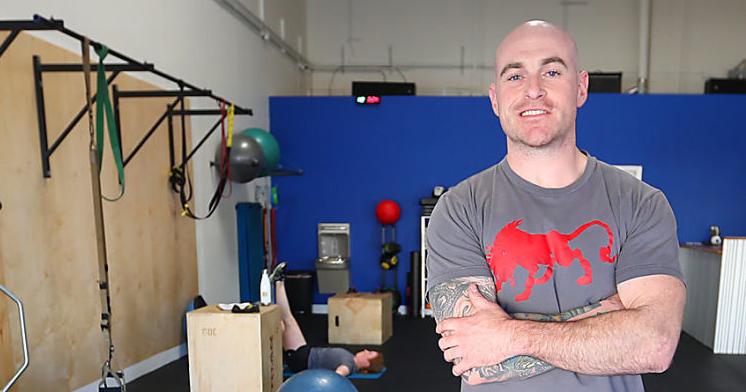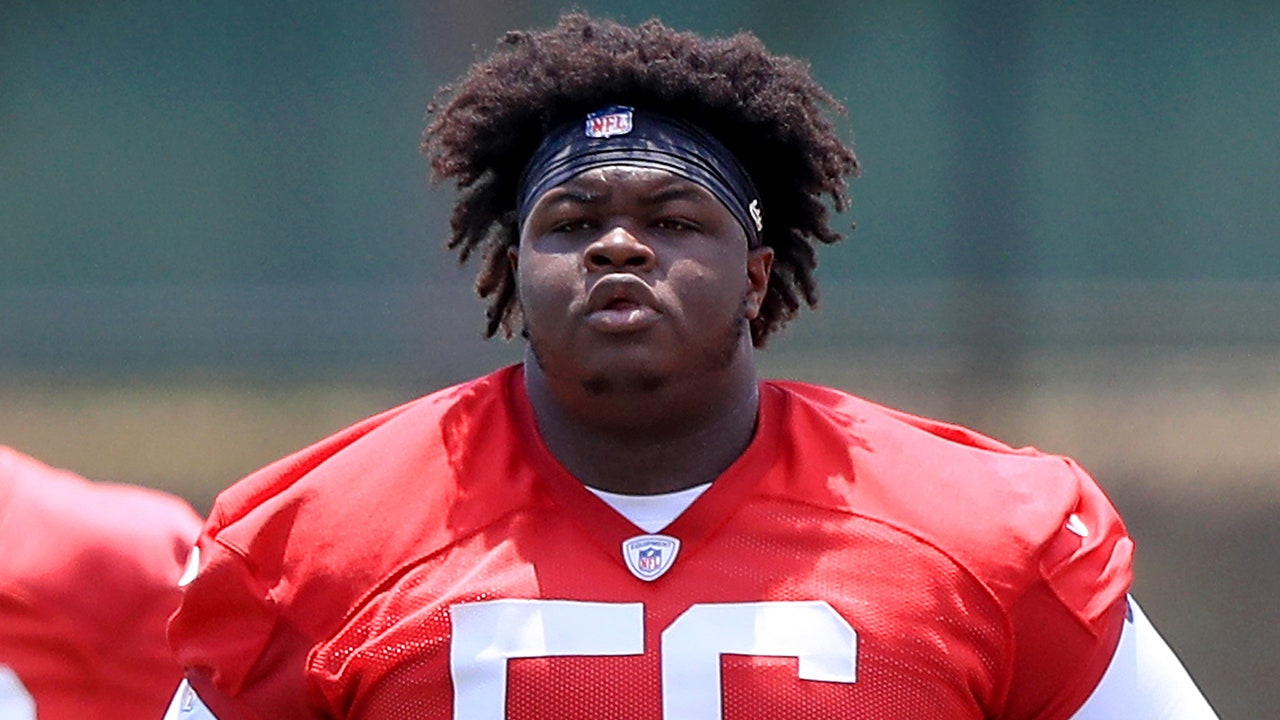The last two months of the year lay claim to the most relaxing times. Gatherings of friends, families, and loved ones occur frequently throughout our society as the year comes to a close. Along with the joy the end of the year brings and the anticipation the new year has on the horizon, people come together for parties including another theme that brings every human satisfaction and happiness: food. That’s right, as we venture into the end of November and December, we can expect to see copious amounts of decadent holiday foods strewn before us everywhere from the kitchen table at home to the tabletops of our desks at our workplace.
It should come as no surprise that with the abundance of fruit cake, snowman cookies, and candy canes people might gain a few extra pounds throughout this celebratory time of year. A few passes by the kitchen countertop where gingerbread man cookies reside might entice us to grab one or two throughout the day.
People are also reading…
Let’s not forget the spread of food present at Thanksgiving feasts. We can expect to see an entire week’s worth of calories on the table of our family Thanksgiving party. Even after we pack ourselves to the gills with stuffing, mashed potatoes, and turkey, we’ll still take home leftovers that suffice as lunches and late-night snacks the next week. Needless to say, we eat way more food than we usually do these last two months of the year than we do in the first 10 months. The result of this surplus amount of food in a short period of time equates to gaining a few extra pounds hanging onto us as we enter the new year.
The last thing we want is to have these last two months hinder our efforts to maintain a healthy weight. That’s why it’s important to identify that this time of the year is likely to pose some obstacles to maintaining a healthy weight. However, let’s not demonize this joyful time of year. Instead, embrace it. At the same time, don’t let yourself fly off the rails.
A few productive tactics to mitigate the effects of the decadent holiday-themed food from expanding our waistlines to ensure we stay active, monitor our portion sizes, and stay consistent with an effective exercise routine. Ensuring to engage in recreational physical activity such as golf, pickleball, or hiking keeps our heart rate increased so we can keep the cardiovascular system active to utilize extra fat calories as a fuel source. When consuming our holiday treats, ensuring your portion size is about the size of one handful every two to three hours helps to control overeating and storing extra calories as fat. Most importantly, adhering to routine exercise two to three times per week for at least 15 minutes has the ability to keep the body in a metabolically healthy state.
The holidays bring about a profound sense of joy and accomplishment in our society. Through the existence of our society, we’ve embraced the comforting and powerful properties of food to bring people together and laugh, reflect, and smile about coming together at this time of year. Let’s embrace the positive energy of this magical time of year and the amazing food we’re fortunate enough to eat by taking care of our minds, bodies, and souls by staying active and exercising regularly.
Sean McCawley, the founder and owner of Napa Tenacious Fitness in Napa, welcomes questions and comments. Reach him at 707-287-2727, napatenacious@gmail.com, or visit the website napatenaciousfitness.com.






























